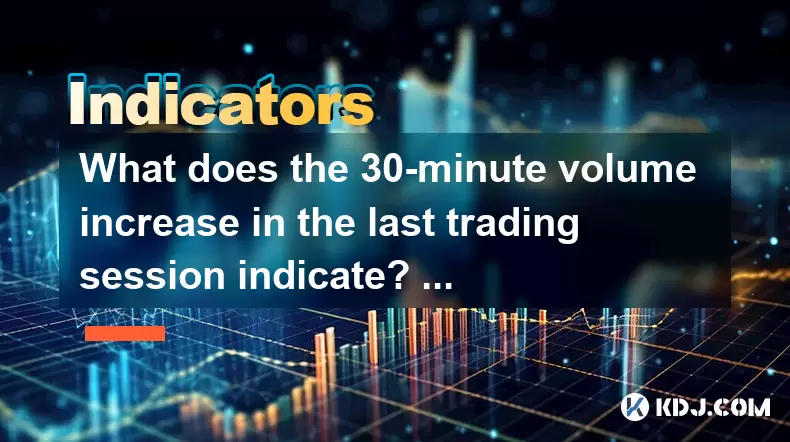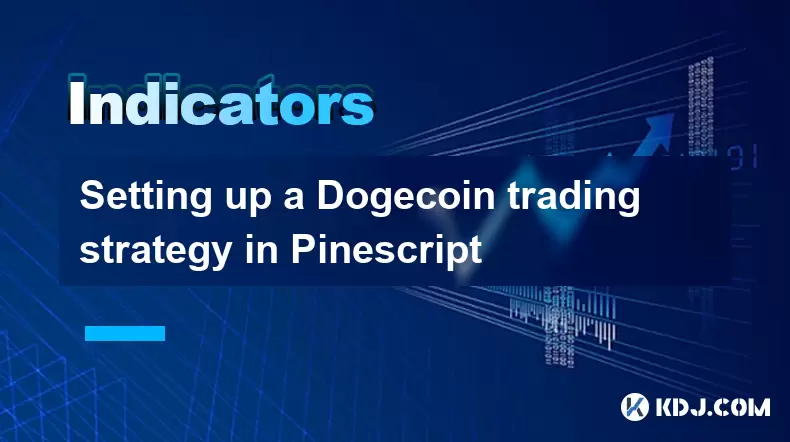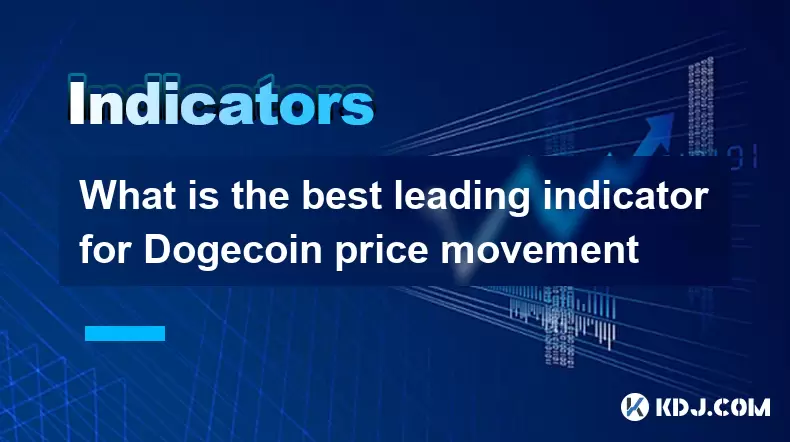-
 Bitcoin
Bitcoin $108,641.9143
0.44% -
 Ethereum
Ethereum $2,539.5956
0.97% -
 Tether USDt
Tether USDt $1.0007
0.04% -
 XRP
XRP $2.2777
2.50% -
 BNB
BNB $660.2073
0.79% -
 Solana
Solana $151.1059
2.08% -
 USDC
USDC $1.0004
0.05% -
 TRON
TRON $0.2838
-0.03% -
 Dogecoin
Dogecoin $0.1698
3.57% -
 Cardano
Cardano $0.5835
1.74% -
 Hyperliquid
Hyperliquid $39.4787
0.07% -
 Sui
Sui $2.9330
1.09% -
 Bitcoin Cash
Bitcoin Cash $489.1023
1.31% -
 Chainlink
Chainlink $13.3775
1.61% -
 UNUS SED LEO
UNUS SED LEO $9.0201
-0.04% -
 Avalanche
Avalanche $18.2176
2.06% -
 Stellar
Stellar $0.2417
1.98% -
 Toncoin
Toncoin $2.9355
7.33% -
 Shiba Inu
Shiba Inu $0.0...01181
3.23% -
 Litecoin
Litecoin $87.9775
1.54% -
 Hedera
Hedera $0.1569
1.54% -
 Monero
Monero $316.0995
1.13% -
 Polkadot
Polkadot $3.3970
1.36% -
 Dai
Dai $1.0002
0.02% -
 Ethena USDe
Ethena USDe $1.0002
0.00% -
 Bitget Token
Bitget Token $4.4094
0.33% -
 Uniswap
Uniswap $7.4035
6.32% -
 Pepe
Pepe $0.0...01016
4.88% -
 Aave
Aave $275.5935
1.55% -
 Pi
Pi $0.4565
-0.89%
What does the 30-minute volume increase in the last trading session indicate? How to operate the next day?
A 30-minute volume surge in crypto often signals strong trader interest, potentially hinting at upcoming price moves, especially when paired with news or breakouts.
Jul 02, 2025 at 08:49 am

Understanding the 30-Minute Volume Increase in Cryptocurrency Trading
In cryptocurrency markets, volume is a crucial indicator that reflects market sentiment and potential price movement. A 30-minute volume increase during the last trading session often signals heightened interest from traders or institutional investors. This phenomenon can occur due to several reasons such as news releases, technical breakout patterns, or large buy/sell orders entering the market.
When a significant spike in volume occurs within a short time frame like 30 minutes, it may suggest that market participants are actively placing trades, possibly ahead of an expected price move. For instance, if a major crypto exchange announces support for a specific token, traders might rush to buy or sell before the price adjusts accordingly.
It’s important to note that while volume spikes can be indicators of future movement, they should not be used in isolation. Traders should combine this data with other tools such as candlestick analysis, moving averages, or order book depth to make informed decisions.
Analyzing Price Action After a Volume Surge
After observing a sudden 30-minute volume surge, the next step is to examine how the price reacted during and after that period. If the price rose along with increased volume, it could imply strong buying pressure. Conversely, if the price dropped sharply despite high volume, it might indicate aggressive selling or profit-taking behavior.
Traders should pay attention to the candlestick pattern formed during the high-volume interval. For example, a long bullish candle accompanied by heavy volume might suggest a continuation of the uptrend. On the other hand, a bearish engulfing pattern during high volume might signal a reversal.
Another critical factor is the liquidity level around the price point where the volume spike occurred. High liquidity zones tend to act as support or resistance levels, influencing how the price behaves in the following sessions. Monitoring the order book during such events can provide insights into whether the volume surge was driven by retail or institutional players.
Preparing for the Next Trading Session
Once the volume spike has been analyzed, the next step involves preparing for the upcoming trading session. Begin by identifying key support and resistance levels based on the previous day’s action. These levels can serve as entry or exit points depending on your trading strategy.
Set up alerts for price movements near those key levels. Many trading platforms allow you to create custom notifications via email or SMS when the price reaches certain thresholds. This ensures you don’t miss any early signs of momentum building.
Also, consider adjusting your stop-loss and take-profit levels based on the volatility observed during the volume spike. Volatility tends to carry over into the next session, especially if the underlying cause (e.g., breaking news) remains unresolved.
If the volume spike coincided with a breakout above a known resistance level, it may be worth watching for a retest of that level as new support. Such setups often offer high-probability trade opportunities if confirmed with additional indicators like RSI or MACD.
Executing Trades Based on Volume Spikes
When it comes to actual trading, there are several strategies one can adopt after detecting a 30-minute volume increase:
- Breakout Trading: If the volume spike led to a clear breakout, wait for a pullback to confirm the new trend before entering a position.
- Fading the Move: Some traders prefer to fade sharp moves caused by volume surges, anticipating a return to the mean if no fundamental catalyst supports the move.
- News-Based Arbitrage: If the volume spike was triggered by news, look for discrepancies across exchanges or assets and exploit them quickly before the market stabilizes.
- Order Flow Analysis: Monitor real-time order books to see if large limit orders are being placed or canceled, which can help distinguish between genuine demand and manipulation tactics like spoofing.
Each strategy requires a different risk profile and time commitment. It’s essential to backtest these methods using historical data before applying them in live trading environments.
Risk Management Considerations
Trading after a volume spike can be lucrative but also risky. One must implement strict risk management protocols to avoid substantial losses. Start by determining the percentage of your portfolio you’re willing to risk per trade—most professionals recommend not risking more than 1-2% per trade.
Use trailing stops to protect profits if the price moves in your favor. These dynamic stop-losses adjust automatically as the price progresses, locking in gains without prematurely exiting the trade.
Additionally, ensure that your position size aligns with your risk tolerance. If the market becomes highly volatile after a volume spike, even small positions can result in outsized losses if not managed correctly.
Avoid overleveraging, especially in futures or margin trading scenarios. High leverage amplifies both gains and losses, and a sudden reversal after a volume spike can wipe out leveraged positions very quickly.
Frequently Asked Questions
What time frames are best for analyzing volume spikes?
Volume spikes can be analyzed across multiple time frames. Short-term traders often focus on 5-minute to 1-hour charts, while swing traders may review daily or weekly charts to understand broader trends.
Can volume spikes be manipulated by whales?
Yes, large holders (often referred to as whales) can manipulate volume by placing large orders and then canceling them—a practice known as spoofing. Always cross-reference volume with price action and order book data.
How do I differentiate between organic and artificial volume increases?
Organic volume typically correlates with meaningful price movement and sustained interest. Artificial volume may show erratic price behavior with little follow-through and unusual order book activity.
Should I always trade after a volume spike?
No. Not every volume spike leads to a profitable trade. Wait for confirmation through price action, trend alignment, and additional technical indicators before making a decision.
Disclaimer:info@kdj.com
The information provided is not trading advice. kdj.com does not assume any responsibility for any investments made based on the information provided in this article. Cryptocurrencies are highly volatile and it is highly recommended that you invest with caution after thorough research!
If you believe that the content used on this website infringes your copyright, please contact us immediately (info@kdj.com) and we will delete it promptly.
- Litecoin Breakout Watch: What Traders Need to Know Now
- 2025-07-06 16:50:13
- Bitcoin, Solana, Ethereum: Decoding the Latest Buzz on the Blockchain
- 2025-07-06 16:50:13
- Widnes Resident's 50p Could Be Your Ticket to Easy Street: Rare Coin Mania!
- 2025-07-06 16:55:13
- Bitcoin, Solaris Presale, and Token Rewards: What's the Buzz?
- 2025-07-06 16:55:13
- Ethereum Under Pressure: Price Drop Amid Global Uncertainties
- 2025-07-06 17:00:13
- XRP, SEC Case, and Prosperity: A New Era for XRP Holders?
- 2025-07-06 17:10:13
Related knowledge

How to spot manipulation on the Dogecoin chart
Jul 06,2025 at 12:35pm
Understanding the Basics of Chart ManipulationChart manipulation in the cryptocurrency space, particularly with Dogecoin, refers to artificial price movements caused by coordinated trading activities rather than genuine market demand. These manipulations are often executed by large holders (commonly known as whales) or organized groups aiming to mislead...

What is the significance of a Dogecoin engulfing candle pattern
Jul 06,2025 at 06:36am
Understanding the Engulfing Candle Pattern in CryptocurrencyThe engulfing candle pattern is a significant technical analysis tool used by traders to identify potential trend reversals in financial markets, including cryptocurrencies like Dogecoin. This pattern typically consists of two candles: the first one is relatively small and indicates the current...

Dogecoin monthly chart analysis for long term investors
Jul 06,2025 at 10:08am
Understanding the Dogecoin Monthly ChartFor long-term investors, analyzing the monthly chart of Dogecoin (DOGE) provides a macro view of its price behavior over extended periods. The monthly chart captures major trends, key resistance and support levels, and potential reversal zones that are crucial for strategic investment planning. Unlike daily or hou...

How to manage risk using ATR on Dogecoin
Jul 06,2025 at 02:35am
Understanding ATR in Cryptocurrency TradingThe Average True Range (ATR) is a technical indicator used to measure market volatility. Originally developed for commodities, it has found widespread use in cryptocurrency trading due to the high volatility inherent in digital assets like Dogecoin (DOGE). The ATR calculates the average range of price movement ...

Setting up a Dogecoin trading strategy in Pinescript
Jul 06,2025 at 05:00pm
Understanding Dogecoin and Its Place in the Cryptocurrency MarketDogecoin (DOGE) is a decentralized, peer-to-peer cryptocurrency that was initially created as a joke but has since gained significant traction in the crypto market. Despite its humorous origins, Dogecoin has been adopted by a large community and supported by notable figures such as Elon Mu...

What is the best leading indicator for Dogecoin price movement
Jul 06,2025 at 06:00pm
Understanding Leading Indicators in CryptocurrencyIn the world of cryptocurrency trading, leading indicators play a crucial role in forecasting price movements before they occur. These tools are used by traders to anticipate potential market changes and make informed decisions. For Dogecoin (DOGE), which is known for its volatile nature and strong commu...

How to spot manipulation on the Dogecoin chart
Jul 06,2025 at 12:35pm
Understanding the Basics of Chart ManipulationChart manipulation in the cryptocurrency space, particularly with Dogecoin, refers to artificial price movements caused by coordinated trading activities rather than genuine market demand. These manipulations are often executed by large holders (commonly known as whales) or organized groups aiming to mislead...

What is the significance of a Dogecoin engulfing candle pattern
Jul 06,2025 at 06:36am
Understanding the Engulfing Candle Pattern in CryptocurrencyThe engulfing candle pattern is a significant technical analysis tool used by traders to identify potential trend reversals in financial markets, including cryptocurrencies like Dogecoin. This pattern typically consists of two candles: the first one is relatively small and indicates the current...

Dogecoin monthly chart analysis for long term investors
Jul 06,2025 at 10:08am
Understanding the Dogecoin Monthly ChartFor long-term investors, analyzing the monthly chart of Dogecoin (DOGE) provides a macro view of its price behavior over extended periods. The monthly chart captures major trends, key resistance and support levels, and potential reversal zones that are crucial for strategic investment planning. Unlike daily or hou...

How to manage risk using ATR on Dogecoin
Jul 06,2025 at 02:35am
Understanding ATR in Cryptocurrency TradingThe Average True Range (ATR) is a technical indicator used to measure market volatility. Originally developed for commodities, it has found widespread use in cryptocurrency trading due to the high volatility inherent in digital assets like Dogecoin (DOGE). The ATR calculates the average range of price movement ...

Setting up a Dogecoin trading strategy in Pinescript
Jul 06,2025 at 05:00pm
Understanding Dogecoin and Its Place in the Cryptocurrency MarketDogecoin (DOGE) is a decentralized, peer-to-peer cryptocurrency that was initially created as a joke but has since gained significant traction in the crypto market. Despite its humorous origins, Dogecoin has been adopted by a large community and supported by notable figures such as Elon Mu...

What is the best leading indicator for Dogecoin price movement
Jul 06,2025 at 06:00pm
Understanding Leading Indicators in CryptocurrencyIn the world of cryptocurrency trading, leading indicators play a crucial role in forecasting price movements before they occur. These tools are used by traders to anticipate potential market changes and make informed decisions. For Dogecoin (DOGE), which is known for its volatile nature and strong commu...
See all articles

























































































